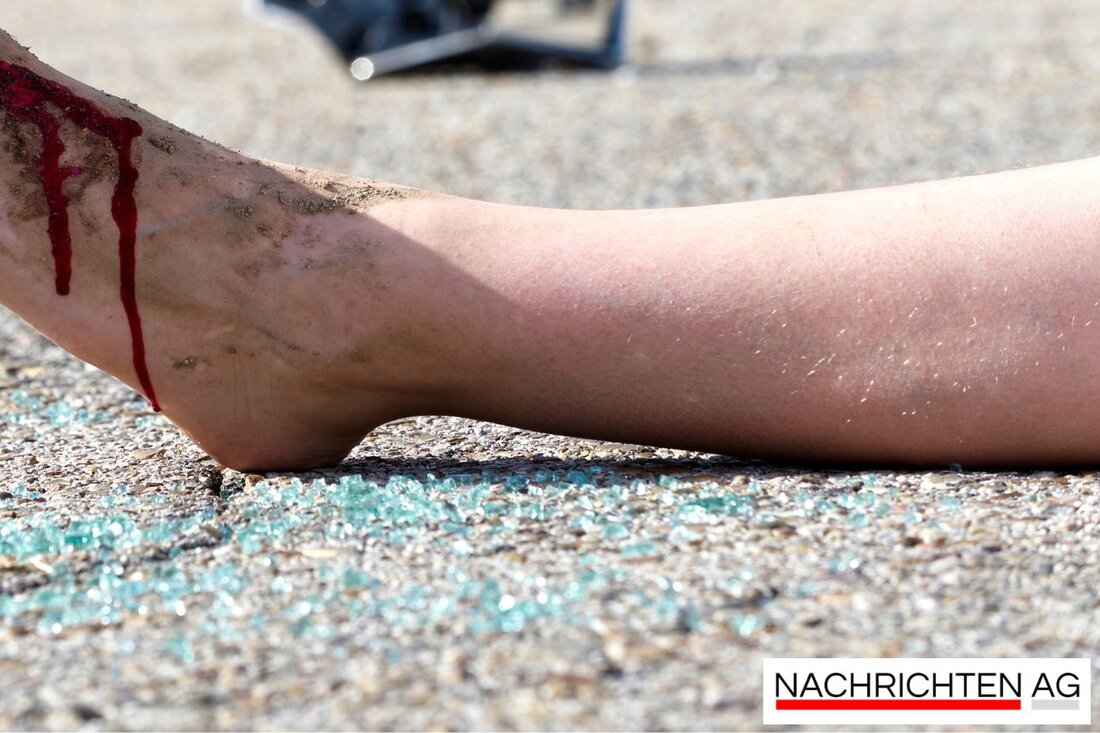Serious cycling accident in Munich: helmet as a lifesaver ignored!
Accident between car driver and cyclist in Munich: 27-year-old cyclist without helmet seriously injured, July 21, 2025.

Serious cycling accident in Munich: helmet as a lifesaver ignored!
A tragic accident in Munich has once again brought the issue of road safety for cyclists into focus. On Saturday evening, July 19th, there was a collision between a car and a cyclist at around 11 p.m. The 30-year-old driver from the Weilheim-Schongau district was driving his Volkswagen on Deidesheimer Straße towards Ackermannstraße when he wanted to turn left at the intersection. At the same time, he met a 27-year-old cyclist from the Miesbach district who wanted to cross Ackermannstrasse. The collision resulted in serious head injuries to the cyclist, who, unfortunately, was not wearing a protective helmet.
As reported, the injured cyclist was immediately taken to hospital by emergency services, while the driver was uninjured. There was only minor damage to both vehicles. The Munich traffic police have started investigating the accident and will clarify whether there are any other eyewitnesses to the unfortunate incident.
Helmets protect, but many go without
The accident statistics provide alarming facts, especially with regard to the wearing of bicycle helmets. According to a comprehensive analysis, in 543 accidents investigated in Munich and Münster, only 16% of the injured cyclists wore a helmet. Of the 117 fatal accidents, there were only 6 cyclists, which accounts for around 5%. Another point: Over 50% of cyclists who died suffered a traumatic brain injury; The protective effect of a helmet should not be underestimated. Dr. Christopher Spering from the German Society for Orthopedics and Trauma Surgery points out that too few adults wear helmets, although studies show that wearing helmets can prevent 20-80% of head injuries, as ich-trag-helm.de reports.
The helmet rate in Germany is currently only 32% of cyclists, an increase of 5% compared to the previous year. Among the youngest cyclists between 6 and 10 years of age, the helmet rate is as high as 78%, while it has fallen to 38% among young people between 11 and 16 years of age. The increase among 31 to 40 year olds from 15% to 30% is also astonishing. Despite these positive developments, the situation for older cyclists is rather bleak: more than half of the cyclists killed belong to the age group over 65, who often suffer more serious injuries.
Road safety and compulsory helmet use
Despite the many studies and statistics, there is no requirement for cyclists to wear helmets in Germany. While many experts, such as Dr. Barbara Schmidt from Friedrich Schiller University recommends wearing helmets, critics argue that helmets shift the responsibility onto cyclists and ignore the infrastructural problems. In other countries, such as the Netherlands, the situation is different: many cyclists here do not wear helmets, but benefit from a well-developed cycling infrastructure.
Regardless of these debates, the accident in Munich remains another example of how important it is to take road safety seriously. The injured cyclist may have had a better outcome if he had worn a helmet. The discussion about bicycle helmets and their importance will remain relevant in the future, especially since responsible road safety should be a high priority for everyone involved. After all, a good helmet could save your life.

 Suche
Suche
 Mein Konto
Mein Konto